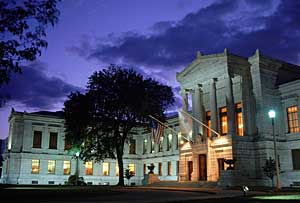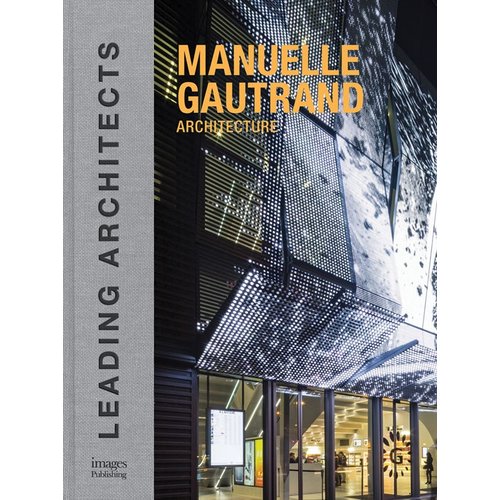
The List Visual Arts Center is located in a white building designed by I.M. Pei, FAIA, who received his bachelor’s degree in architecture from MIT in 1940. When you visit, be sure to walk around the surrounding campus: you’ll come across sculptures by Henry Moore, Alexander Calder, Frank Stella, and Pablo Picasso. A map of public sculptures throughout campus is available for download on the List gallery’s Website at http://web.mit.edu/lvac/www/collections/map_new.pdf.
MIT Museum
For a small museum that’s ostensibly meant to tell the story of the Massachusetts Institute of Technology, the MIT Museum remarkably manages to offer something for everyone (http://web.mit.edu/museum). Parts of the institution resemble a history museum, with displays of artifacts from the life of MIT, while other parts, as you would expect, are heavy on science, such as Robots and Beyond, an exhibit that explores robots an artificial intelligence. But you’ll also find art on display here—quite a lot of it, in fact.
“When you walk through the doorway, I think that’s the very best moment for me as a curator: it’s this sense that I’m going to surprise you,” says Deborah Douglas, the museum’s curator of science and technology. “What you will see in the space is really an eclectic and diverse mix of objections, information, activities, and programs that relate something interesting about not just science and technology, but also something about creativity and the fundamental nature of research.”
In the way of art, the museum’s highlights include Flashes of Inspiration: photos by Harold “Doc” Edgerton, the MIT professor whose celebrated stop-motion photography technique revealed the minute intricacies of what a bullet looks like as it passes through an apple, a drop of milk as it splashes into a puddle, or the first terrifying milliseconds of an atomic bomb blast. Holography: The Light Fantastic presents a similar exploration of holography, which was developed by MIT professor Stephen Benton.
The MIT Museum’s sister galleries offer even more art. The Compton Gallery features traveling exhibits by contemporary and experimental artists, such as the performance and video artist Pia Lindman. The Hart Nautical Gallery showcases objects from MIT’s school of naval engineering: it’s paradise for a person who loves model ships.
Museum of Science
Boston’s Museum of Science sets the bar for making science a non-threatening, hands-on, entertaining experience for all audiences. Given that the museum straddles a dam over the Charles River between Boston and Cambridge, Massachusetts, which is home to MIT, it’s no surprise that its permanent exhibits are heavy on computers and engineering—but natural sciences are also well-represented.
For a truly electrifying experience, check out the museum’s Thomson Theatre of Electricity, which offers daily demonstrations of the world's largest air-insulated Van de Graaff generator, a machine that generates lightning sparks. Equally illuminating are the critters on display in Playing by the Rules: Fish, Fads, and Fireflies, an exhibit that explores the complex interactions between these flashing insects and their habitat.
You’ll have to book ahead and pay extra to see shows at the museum’s Mugar Omni Theater and Charles Hayden Planetarium, but the money—and wait—are worth it. Luckily, if you don’t have time to visit the museum during its regular weekday hours, it stays open late on Friday nights. After you’ve quenched your thirst for learning, grab a martini and crudités at the museum café to get your weekend started off right.


Post a comment to this article
Report Abusive Comment